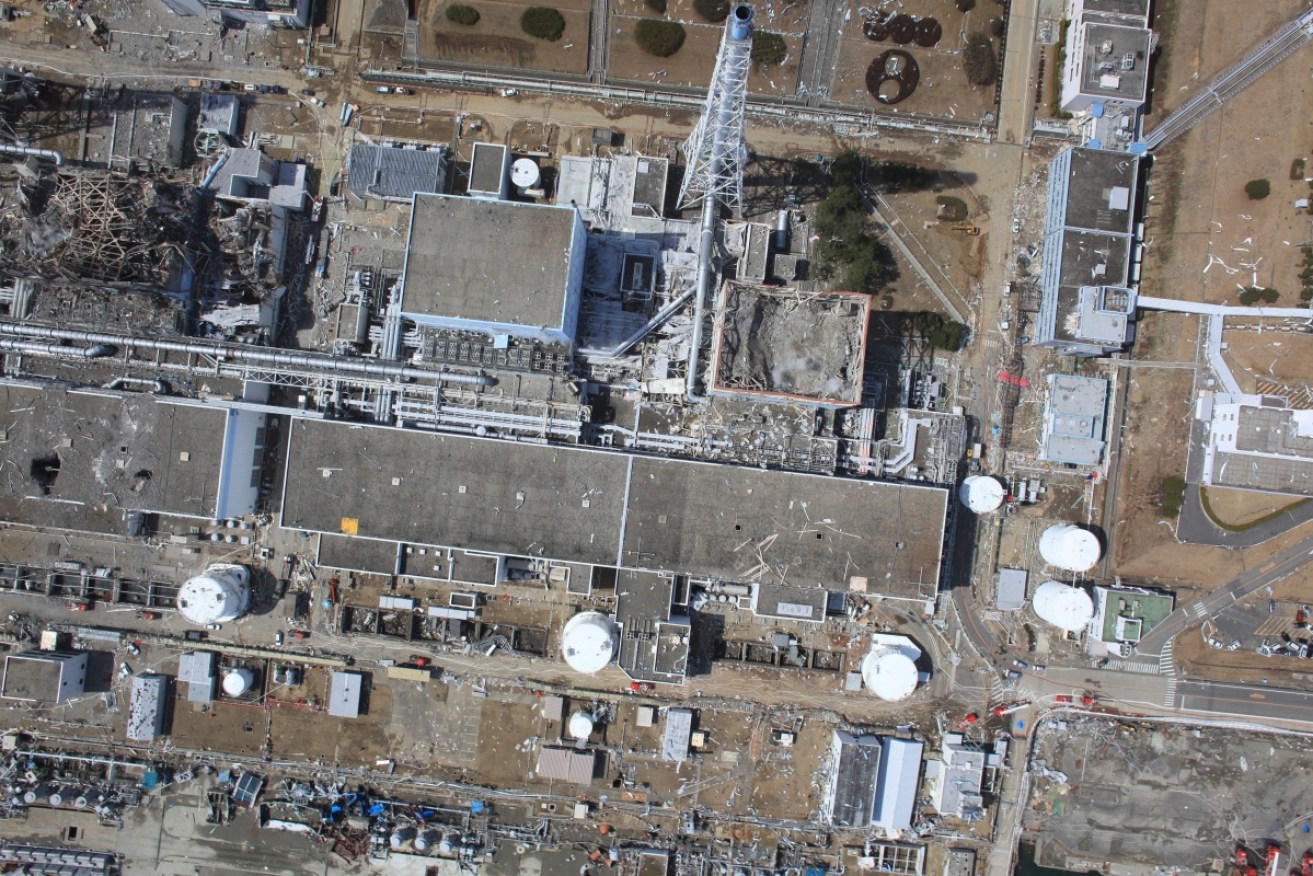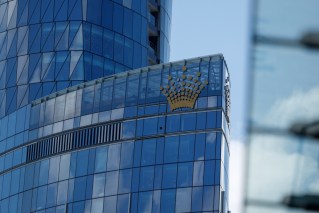Greenpeace says Fukushima radiation ‘unacceptable’

An aerial photo showing the damaged units of the Fukushima power plant. Photo: AAP
Greenpeace says towns in Fukushima prefecture, close to the disaster-hit Fukushima Daiichi nuclear power plant, are exposed to excessive levels of radiation.
In a report published Thursday, Greenpeace warned that all areas surveyed, including those where people have been allowed to return, had levels of radiation similar to an active nuclear facility “requiring strict controls”, despite the fact that residents had lifted restrictions on access after years of decontamination efforts.
“This is public land. Citizens, including children and pregnant women returning to their contaminated homes, are at risk of receiving radiation doses equivalent to one chest X-ray every week.
This is unacceptable and a clear violation of their human rights,” Jan Vande Putte with Greenpeace Belgium, and leader of the survey, said.
Japanese authorities have said these areas are progressively returning to normalcy after the massive 9.1-magnitude earthquake and resulting tsunami which struck on March 11, 2011, triggering the nuclear disaster at Fukushima.

The star on this map shows where the earthquake’s epicentre was.
The survey said that in the towns of Namie and Iitate, located between 10 and 40 kilometres from the Fukushima Daiichi plant and where evacuation orders were partially lifted in March 2017, radiation levels continue to be “up to 100 times higher than the international limit for public exposure”.
Greenpeace also noted the “ineffectiveness of decontamination work” in these areas, saying there remained a “significant risk to health and safety for any returning evacuee”, adding that Tokyo’s policy of “effectively forcing people to return by ending housing and other financial support is not working”.
The Japanese government had said that radiation levels in the reopened zones posed no risk to human health, noting that its data was corroborated by the country’s medical experts and organisations such as the United Nations Scientific Committee on the Effects of Atomic Radiation.
Considered the worst nuclear disaster since the 1986 Chernobyl disaster in Ukraine, the accident at Fukushima displaced tens of thousands of people, caused serious damage to the local economy.
-AAP








